Don't leave!
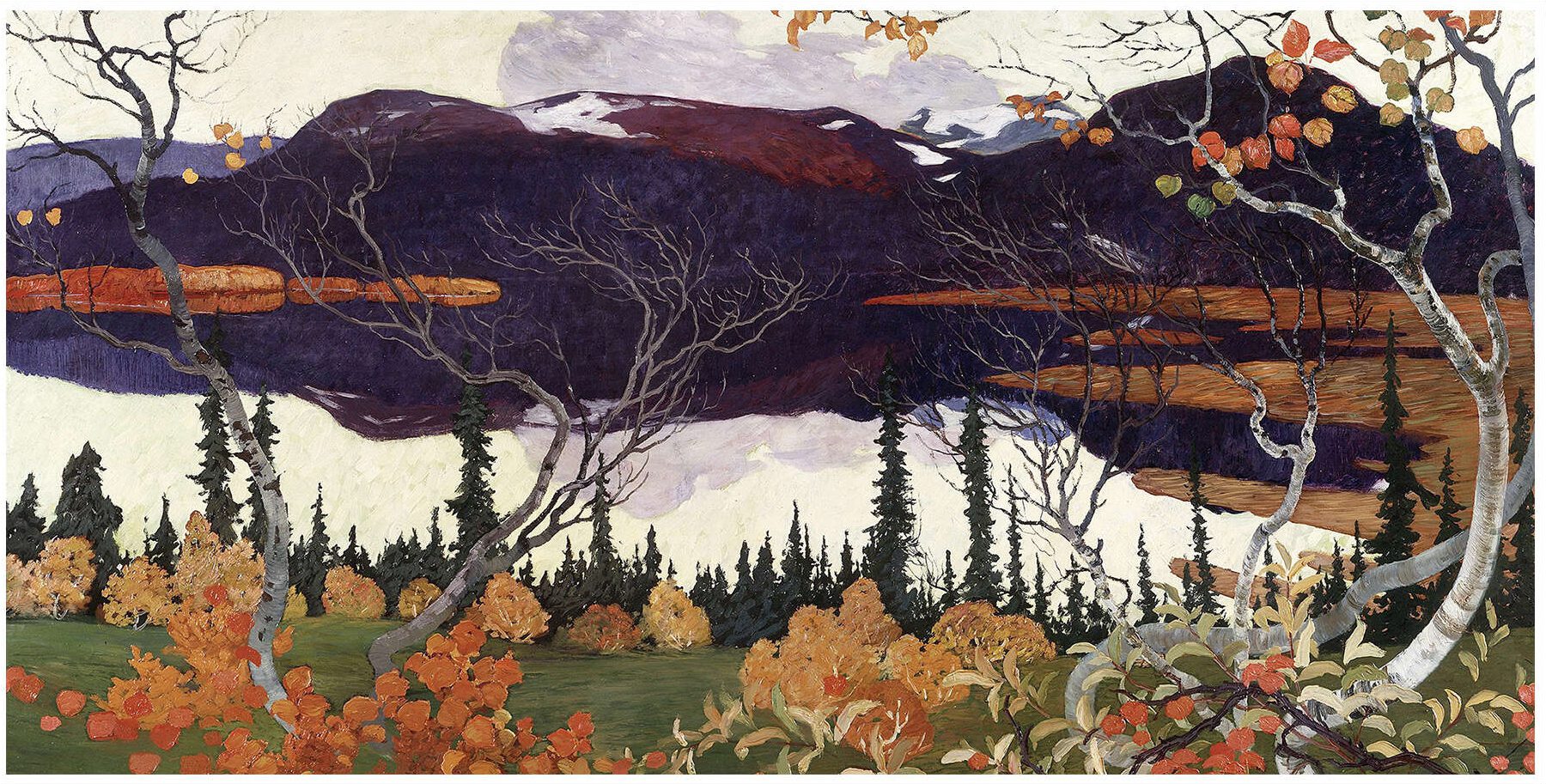
Hello friends,
The word we use in English for tree leaves evolved from an old Germanic term for removal, or peeling. In Swedish we have “löv”, which comes from the same. But the word that we use in English to withdraw – leave – comes from a different word root that actually means to remain. After all, when things go away, we see what’s left – what’s still there. The theme of departing is autumn’s refrain, and can give it a sense of gloominess that some people relish, while others mourn the loss of their good, sunny friend, the summer. But meanwhile, there is something about autumn that reminds us that we are still here. The leaves may be falling, our balcony flowers may all have perished to twigs, but here we are, remaining.
I’ve started to see autumn differently this year. Not a backslide into darkness, but a shedding of superfluous things, once they have served their purpose. A way for the toughest, most elemental parts of nature to take care of themselves, to be simple and undecorated. To rest, so that when spring rolls around next year, it is ready to plump and frill and frouf once again.
Talking of leave, I’m having some time off. I am a weird sort of person. I like being this way. But I need piles of books, alone time to fester on single sentences, music, trips to museums, long conversations about what things mean and why. What I am not very good at is pretending that I enjoy helping rich people gather more zeros in their bank account. Neither am I energised to help sell things to people who do not need more things. And yet: I earn money by writing marketing copy.
Last time I checked, there’s no government subsidy for people who like to write little poems and stories and newsletters, so I write for other people to earn my daily bread. But after a year or so, I need a break to get back to my ponderings and conversations. If I don’t take leave, I get burned out and I forget to do the things I love – which is why there’s been no Spring newsletter for three months.
I’ll “leave” it there (groan), but I hope I’ll have more space and inspiration to write again next month.
Is escape the best we can do?
In central Stockholm, in the building I was freelancing in for a big tech company, an escape room experience is opening. As I took the elevator up to work in the last weeks of my contract, I saw the props being wheeled in like a kind of perverse generation game – a safe, a 1980s TV, a set of military-style bunkbeds – and I couldn’t help but wonder: who is going to these things? Who wants to be locked in a room and do puzzles for two hours when there are art museums and dance performances and forests to walk in?
*
Back in the early 2000s, I was very taken with the immersive theatre wave as it swept through London, and particularly the dream-like, labyrinthine worlds created by Punchdrunk in shows like Masque of the Red Death and The Drowned Man. I, like many people, was drawn into the elaborate sets and interweaving storylines, it was a thrill to have a theatre experience that was more active rather than passive. It was the full-fat version of those choose-your-adventure books that we used to read at school. But as the format became predictable, and larger audience numbers were permitted, the later shows such as The Burnt City felt stale to me, with audience members practically queuing up to get a sought-after one-to-one experience.
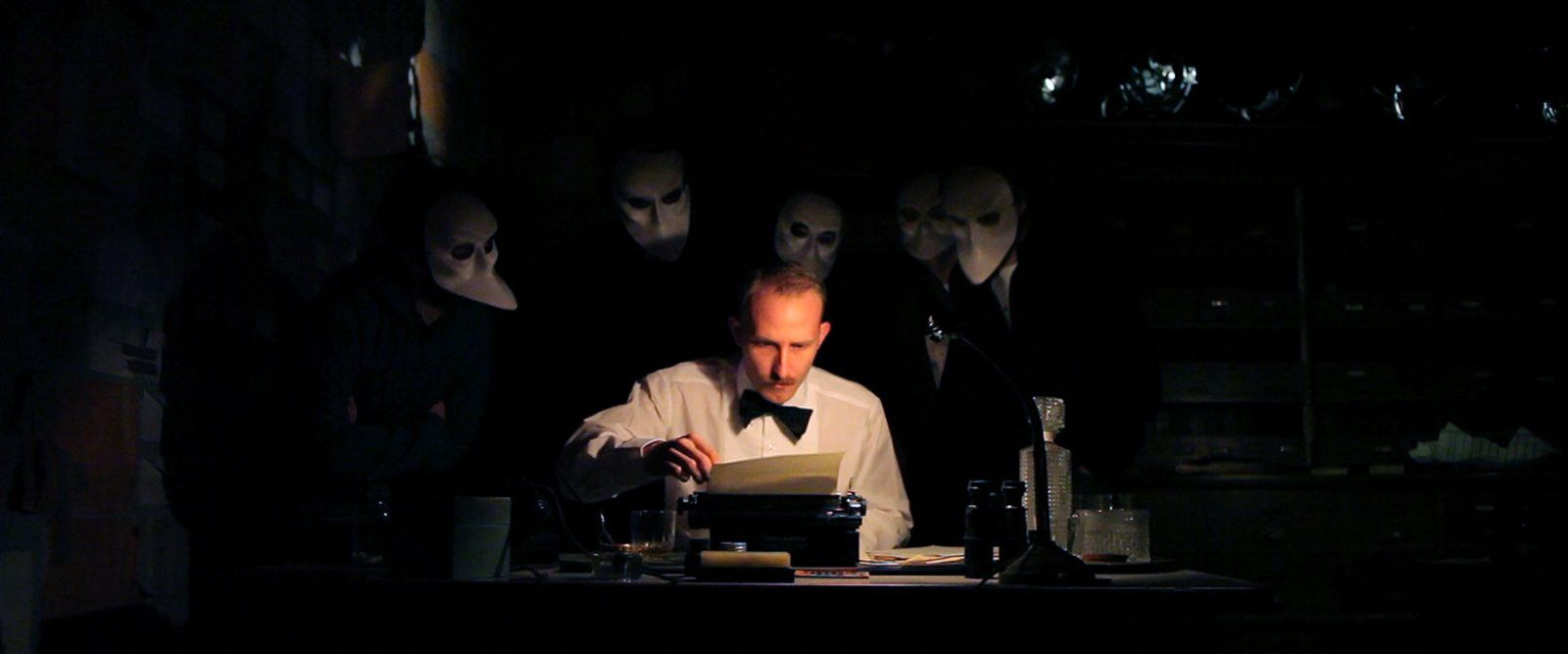
With this wildly popular format, in an otherwise flailing theatre landscape, it’s no surprise that Punchdrunk are launching a new show, but this time with a new format. This time, it’s a “live-action video game”, replacing their characteristic audience mask with a responsive vest and headphones. Content warnings on the website mention “themes of peril” and “being pursued” – far from the voyeuristic themes of their Macbeth-inspired smash-hit Sleep No More – this show is taking the active audience member a step further, inviting them to become a character in the storyline, perhaps the main character, if the two-player video game format is anything to go by.
In recent years, the “main character” trope has become both a compliment and a take-down for self-confident netizens. Having “main character energy” can suggest a narcissistic regard for your own existence, seeing other people as irrelevant. More and more, as we are able to cultivate, edit and photoshop our own realities with social media, the less importance we place on the true realities of our humanhood. Add to our obsession with being in the story our ever-shrinking attention spans, and suddenly traditional theatre seems absurd.
Where traditional theatre sits us quietly in a crowd, behind the fourth wall and out of the lights and action, immersive theatre and escape rooms offer a first-person experience. You – YOU! – can be the hero of the game, you can find the clue, run away from danger, turn to your friend and dramatically ask “what do we do now?“. Why slow down, why sit passively and let someone else take the final curtain call when it could be you?
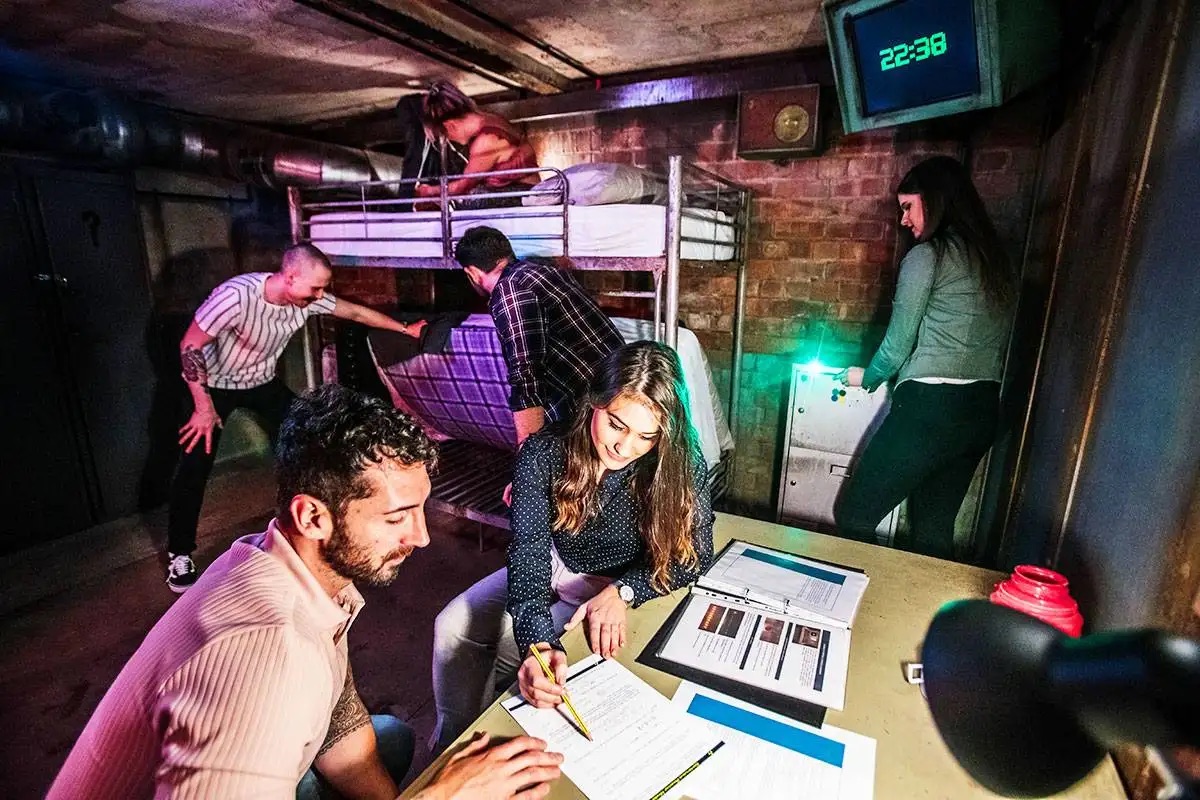
*
Like many other kids growing up in the 80s and 90s, I scheduled my evenings around what was on the telly. Programmes like Crystal Maze and Fort Boyard had a particular hold over me. The panic! The shouting! The thing that happens to people when a timer starts and suddenly their brain empties of all logic and reason! It was great fun. What about the audience involvement, you ask? Well that’s where shouting at the TV comes in.
Shouting at the TV was an important part of British culture before social media. As a child, calling out the answer on Blockbusters, The Weakest Link or Mastermind before the contestant was a heady experience. Post-social media, everyone just takes to their phones to complain.
*
Now we’re Millennials, lots of us have young children and like to take city breaks. But while we were growing up, governments globally have cut funding for arts and culture. Between 2009 and 2023, state funding for the arts via the UK’s DCMS (Department for Culture, Media and Sport) has significantly decreased. For example, core funding of arts organizations has dropped by 18% in England, 22% in Scotland, 25% in Wales, and 66% in Northern Ireland. Recently, a funding squeeze in the arts and culture sector globally means government funding is shrinking or not keeping up with inflation, philanthropic giving is more competitive, and private sponsorship is less reliable.
The result is that there are fewer “third spaces” in cities. Third spaces come after home (the first space) and work (the second space). They are places like libraries and museums and social clubs – places you don’t need to pay to be in, but that are full of socio-cultural richness. With less money for free or funded cultural spaces, and less expendable income, people are spending more time at the gym or at coffee shops. Not free, but not as expensive as restaurants or theatres. The places where libraries, music venues and museums used to be there are now shops, cafes, and apartments. Or, as I notice in growing numbers, escape rooms.
*
When you look at “what to do” lists in cities today, nestled amongst museum exhibits, walking tours and hop-on-hop-off buses, are escape rooms. This one, themed like a submarine, this one like a cold-war bunker, and this one? Ah, a cartel house.
With our withering attention spans hanging on a thread, no third spaces to just hang around in without buying something, and our growing hunger for main character experiences, it’s no wonder that escape rooms are taking over. It’s shouting at the TV in 3D. And listen – when you need to organise a work social on a rainy winter evening, I can understand the draw of having some group task that means you don’t need to listen to Graham from IT talk about his hip problems over overpriced beer. But is it better than all the other things our cultures have to offer? Is it better than demanding more subsidised, creative, community spaces from our governments? And while I want to pull a secret lever and release a key from a lightbulb as much as the next guy, I can’t help but wonder: is this really the best we can do..?
Love is blind
Amadou Bagayoko and Mariam Doumbia first found each other at the Mali Institute for Young Blind. He, already a touring guitarist in his twenties, had enrolled to learn braille, while Mariam taught song and choreography at the institute. She said that they held hands when they met, and stayed that way, until Amadou’s death earlier this year.
In a career spanning over 40 years, eight albums and countless live performances, Amadou & Miriam became a much-loved act. Stylistic and straightforward, their music feels joyful and uplifting, but the lyrics are soulful. Not surprising, considering their home country Mali has seen authoritarian leaders, coups, rebellion, human rights concerns and regional isolation during the span of their career.
In Sénégal Fast Food, they sing:
“It’s five o’clock in Mali
What time is it in Paradise?
We who are leaving our countries
The children of the country must not forget us
We who are in this thing
Thing there, none of us can name it
We who are in distant countries
The children of the country must not forget us”
“The love we have, Amadou and me,” Mariam said in a recent Guardian article, “we want to share it with everyone. Because we loved each other. We listened to each other. We spoke with each other.”
And now she is left solo, without her sidekick to create music together with, Mariam is releasing a new record this week, titled L’amour à la folie (meaning Love like mad), and is just starting an international tour.
Some people are afraid to love, for fear of loss. But the wonderful thing about true love, as Mariam embodies, is that it never leaves us. Even as we feel sadness, or the physical sense of someone missing, the love that we created has already remoulded us, and lives in our minds as words or habits, forming us into more resilient and hopeful people.
Leaving together
On the subject of love – my favourite subject – I was honoured to be asked by my dear friends to write a poem to read during their wedding ceremony last month. I read it with my hands jittering with excitement as we stood overlooking the sea on the tip of an island in the Swedish archipelago, while my friends stood in their beautiful matching white lace outfits, holding each other closely. After the ceremony, they embarked a little boat and sailed into the distance. Watching them leave, newly married, was one of the most serene and beautiful things I’ve ever seen.
This love
For Rebecca & CinWhat is the word
For finding hope
For filling the other half of the glass
For the hand on your waist as you drift to sleep?
How could it be just one word:
The way two bodies fit together in an embrace
The way two minds move together like dancers
The way it feels like everything falls into place.Explain what it is, then:
To hike and camp and swim and eat
To live and cry and laugh hysterically
To build a family of chosen kin
To be
with no other dream but to abide in this moment, with this person.To let life be one long conversation
To unhurriedly unfold the parts of yourself before someone, so they can see you
To accept
To listen, my god, just to listen
Not with thoughts in your head but with space
And to feel the windows of your mind be unlatched by their words, their ideas,
so that fresh air flows in and new buds of meaning can bloomWhat is the word
For changing what it is like to be alive?
Not the first rush and pang of desire
But the slow, patient, unrolling of trust
The calm, primal curve of invulnerability
That gives wings as you walk down the street
That shines light in through gloomy days
That means you know, and you will always know,
That there is good in the world
Because there has been this love.
Until next time …
~~~~~~
Invite your friends to subscribe!
![]() Being with dark and light
Being with dark and light![]() Don't leave!
Don't leave!![]() Unlikely meeting points & unlikely collaborations 🌗
Unlikely meeting points & unlikely collaborations 🌗![]() Sit in the middle of things 🧘♀️🪻
Sit in the middle of things 🧘♀️🪻![]() 5 things I learned at a Buddhist monastery
5 things I learned at a Buddhist monastery![]() 6 good things to do
6 good things to do![]() Extraordinary ordinariness: space orbits and sleeping dogs
Extraordinary ordinariness: space orbits and sleeping dogs![]() The ebb and flow of things
The ebb and flow of things![]() A short breath in the bardo
A short breath in the bardo![]() A slender cord of grace
A slender cord of grace![]() Artists reflect on water
Artists reflect on water![]() A love letter to a loaded gun
A love letter to a loaded gun![]() Are you for real?
Are you for real?![]() What is a good life?
What is a good life?![]() Who decides what you think?
Who decides what you think?![]() When new year should be according to history...
When new year should be according to history...![]() Does Mozart really make you smarter?
Does Mozart really make you smarter?![]() Old stories to find light in dark times
Old stories to find light in dark times![]() The human need to put things together
The human need to put things together![]() The power of trends: the good, the bad and the pumpkin-spiced.
The power of trends: the good, the bad and the pumpkin-spiced.![]() From terrestrial to celestial – where do we find inspiration?
From terrestrial to celestial – where do we find inspiration?![]() The illusion of ownership
The illusion of ownership![]() Let’s go down the rabbit hole 🐇
Let’s go down the rabbit hole 🐇![]() Identity, the artist, and #goblinmode
Identity, the artist, and #goblinmode![]() Punk and her godmothers
Punk and her godmothers![]() The ultimate journey – homecoming, heroes and wholeness.
The ultimate journey – homecoming, heroes and wholeness.![]() It’s mushroom month...
It’s mushroom month...![]() Robots, AI and artistry, oh my!
Robots, AI and artistry, oh my!![]() Longevity, love and memory...
Longevity, love and memory...![]() Summer, Freud and a sonnet...
Summer, Freud and a sonnet...![]() When surreal makes sense – exploring with Dorothea Tanning, Olga Tokaczuk and more...
When surreal makes sense – exploring with Dorothea Tanning, Olga Tokaczuk and more...![]() Twists and turns with Mary Oliver, Alan Watts and Astrid Lindgren...
Twists and turns with Mary Oliver, Alan Watts and Astrid Lindgren...![]() First flowers of spring: the need for beauty and hope at all times
First flowers of spring: the need for beauty and hope at all times![]() Defining reality, playing with illusion with Robert Frost, Hilma Af Kilnt and more...
Defining reality, playing with illusion with Robert Frost, Hilma Af Kilnt and more...![]() Celebrating the cycles of light and dark with Joan Didion, Danez Smith and more...
Celebrating the cycles of light and dark with Joan Didion, Danez Smith and more...

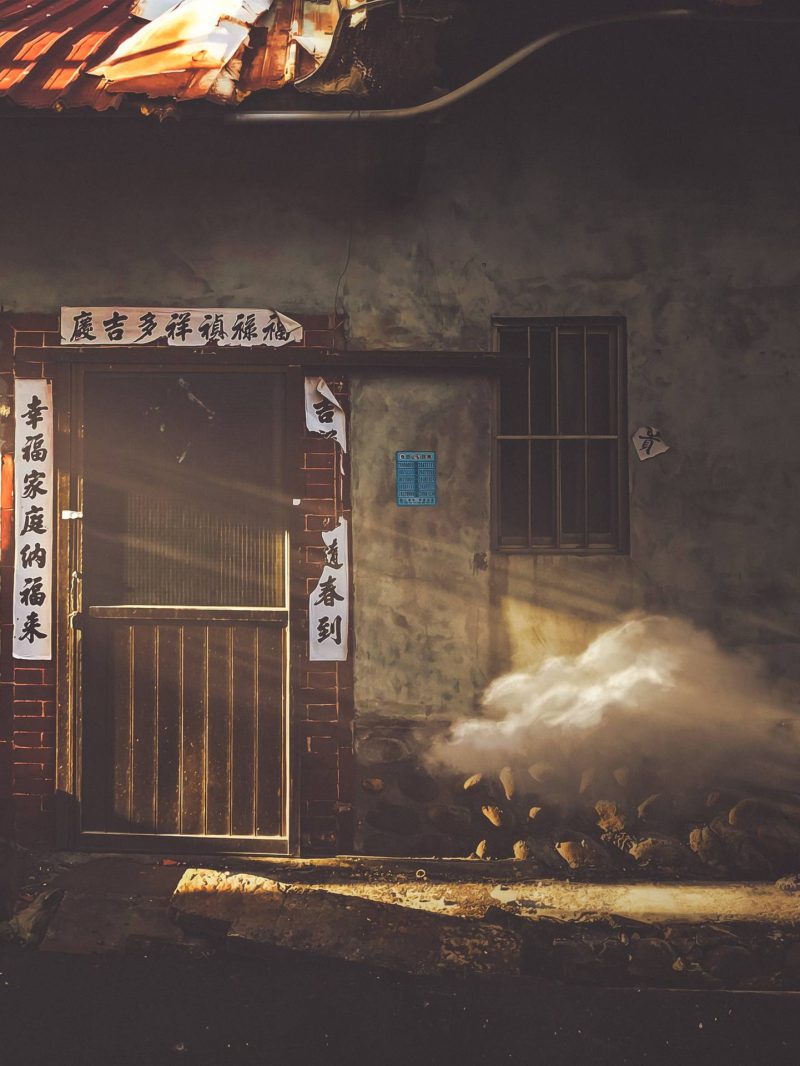 Being with dark and light
Being with dark and light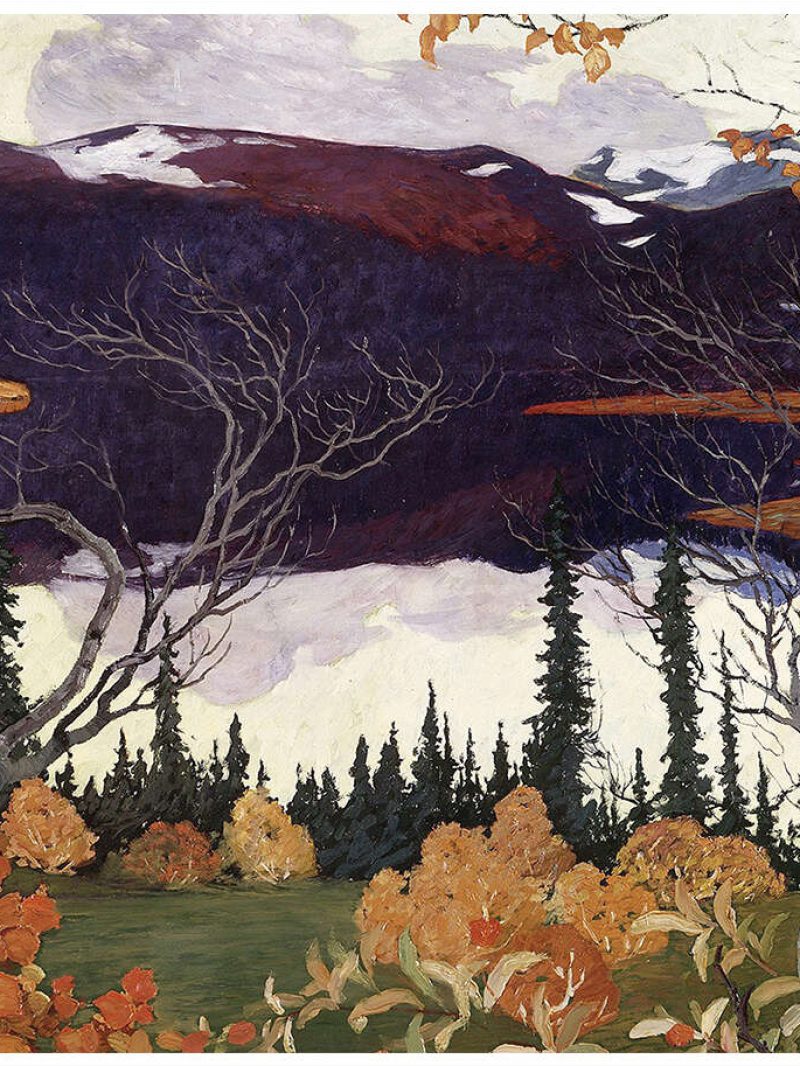 Don't leave!
Don't leave!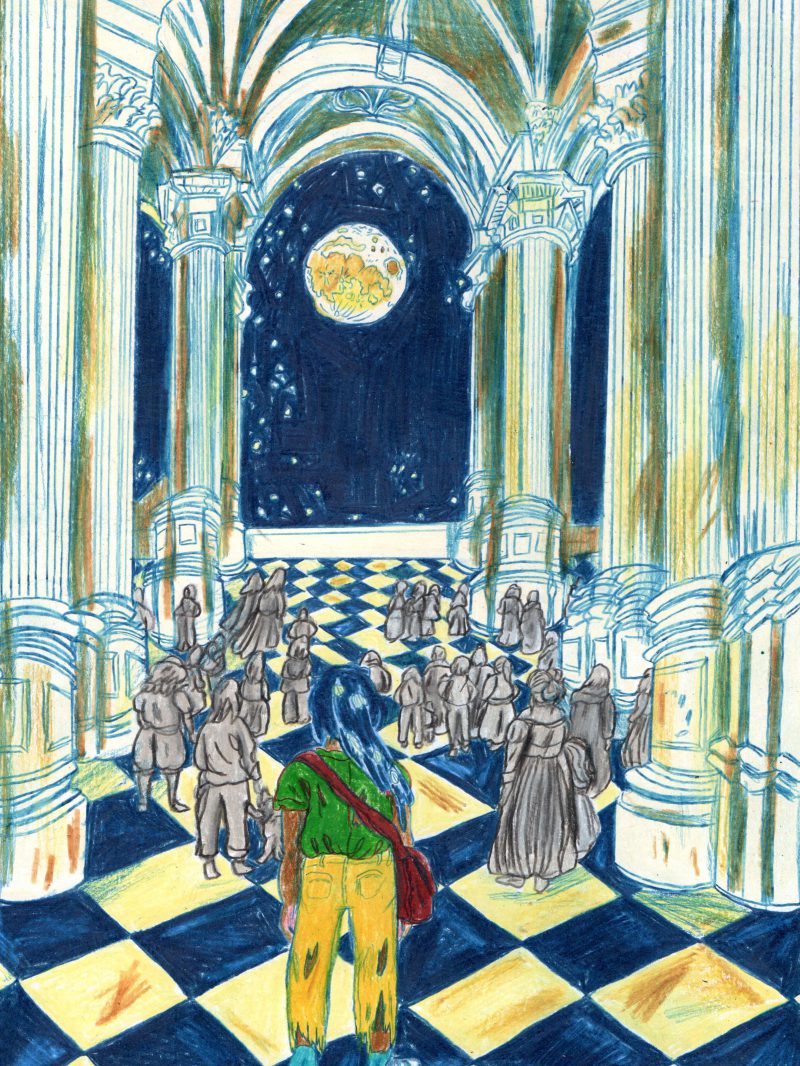 Unlikely meeting points & unlikely collaborations 🌗
Unlikely meeting points & unlikely collaborations 🌗 Sit in the middle of things 🧘♀️🪻
Sit in the middle of things 🧘♀️🪻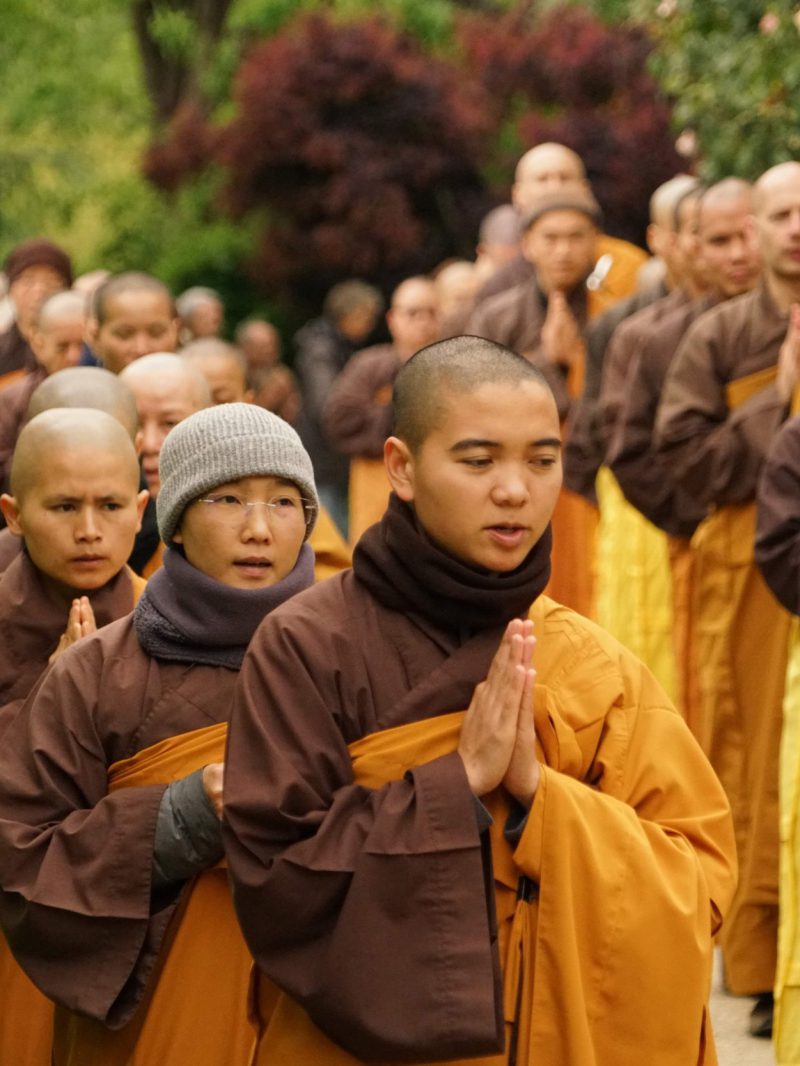 5 things I learned at a Buddhist monastery
5 things I learned at a Buddhist monastery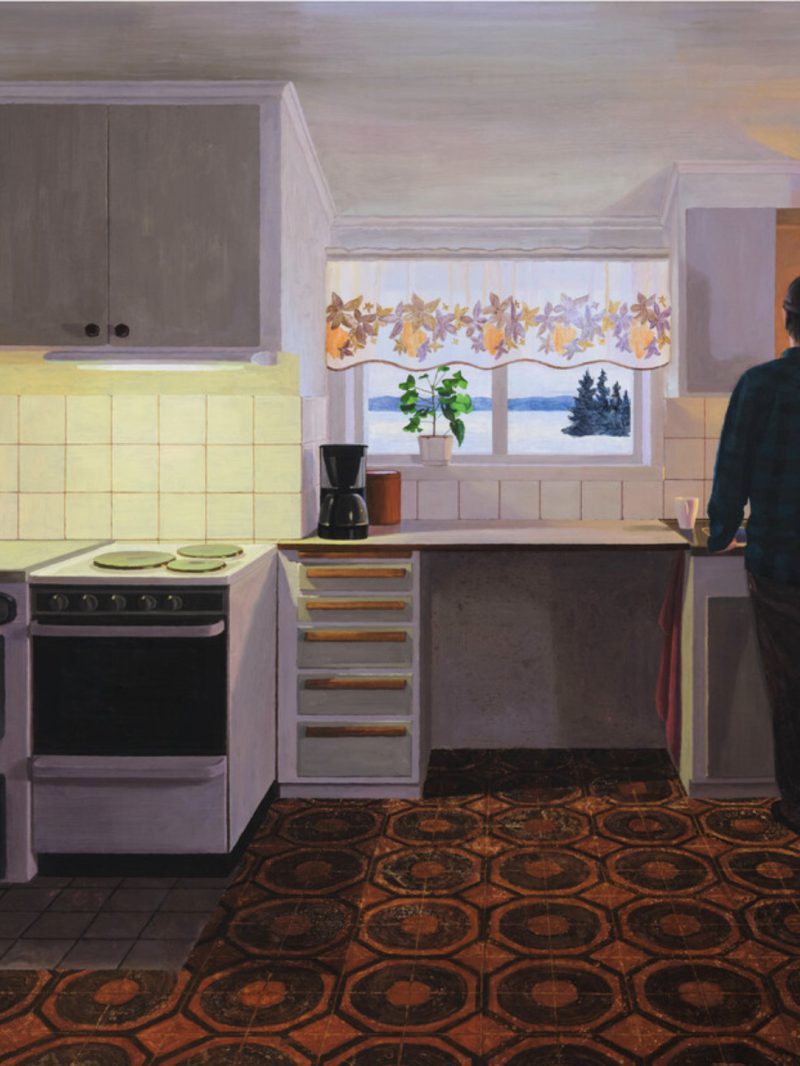 6 good things to do
6 good things to do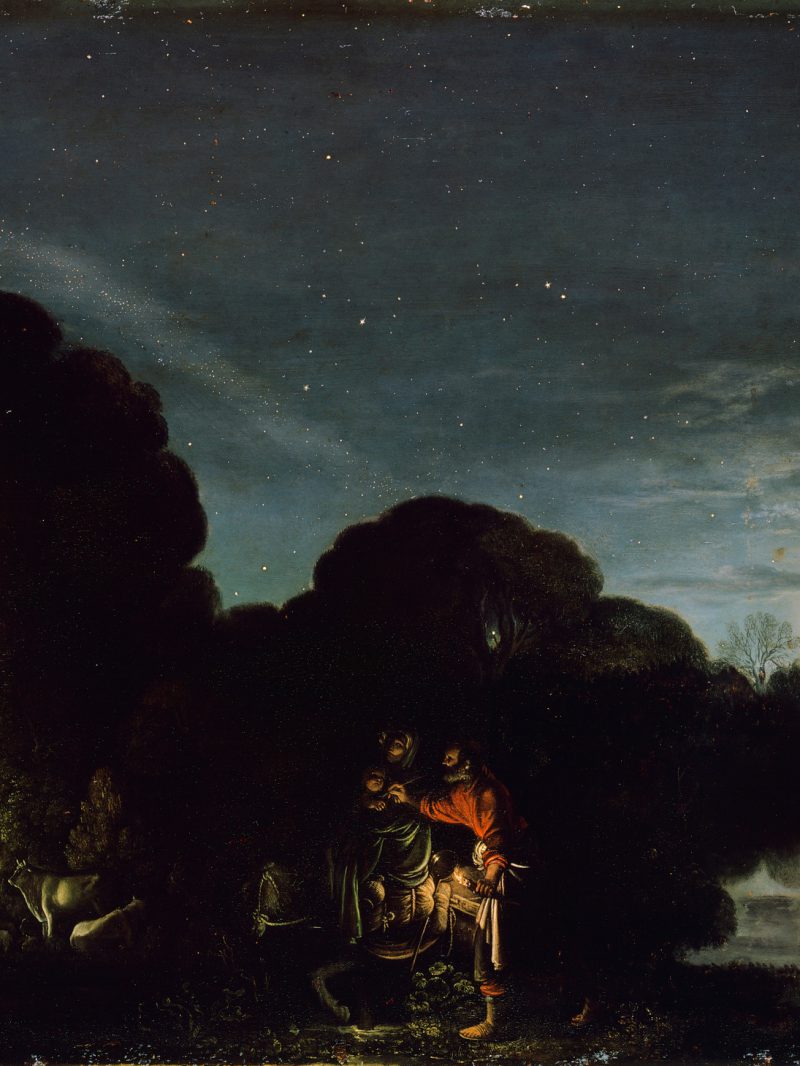 Extraordinary ordinariness: space orbits and sleeping dogs
Extraordinary ordinariness: space orbits and sleeping dogs The ebb and flow of things
The ebb and flow of things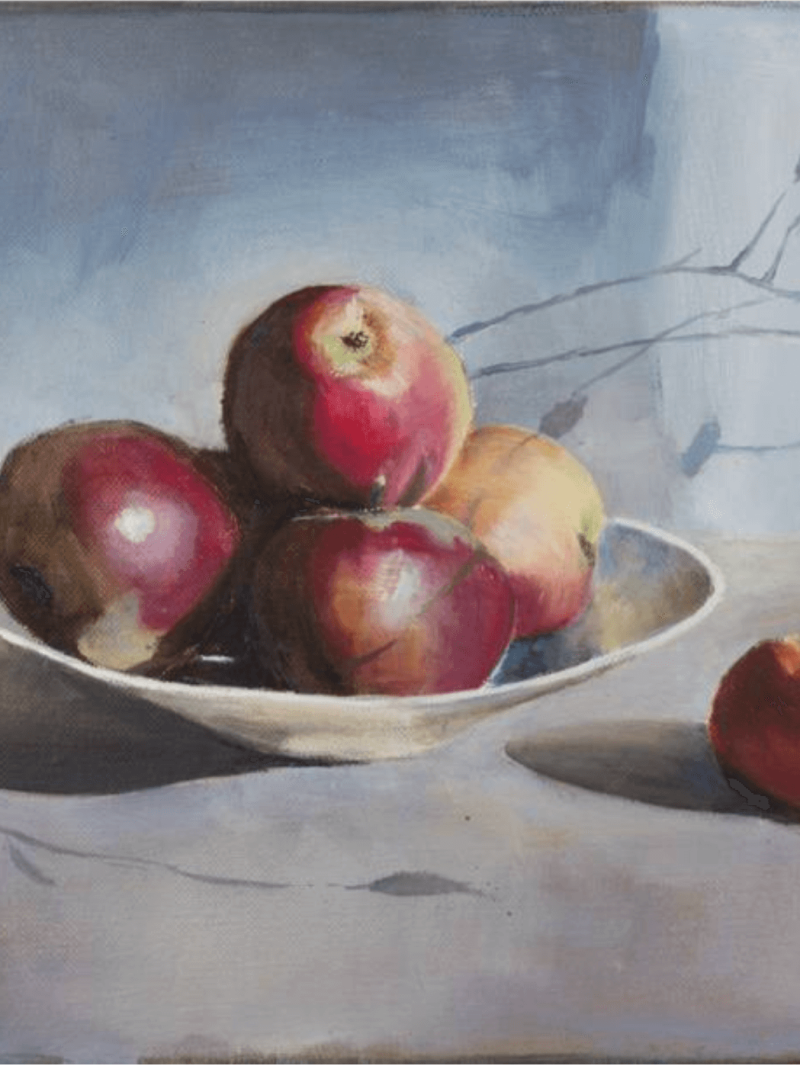 A short breath in the bardo
A short breath in the bardo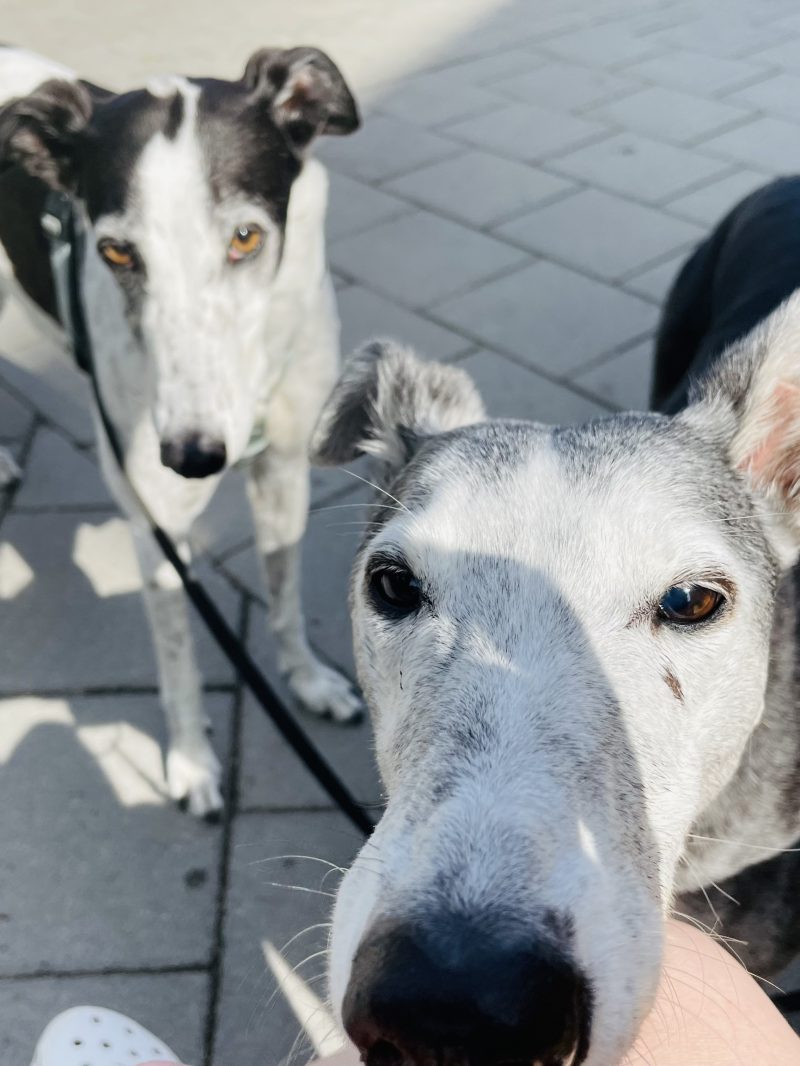 A slender cord of grace
A slender cord of grace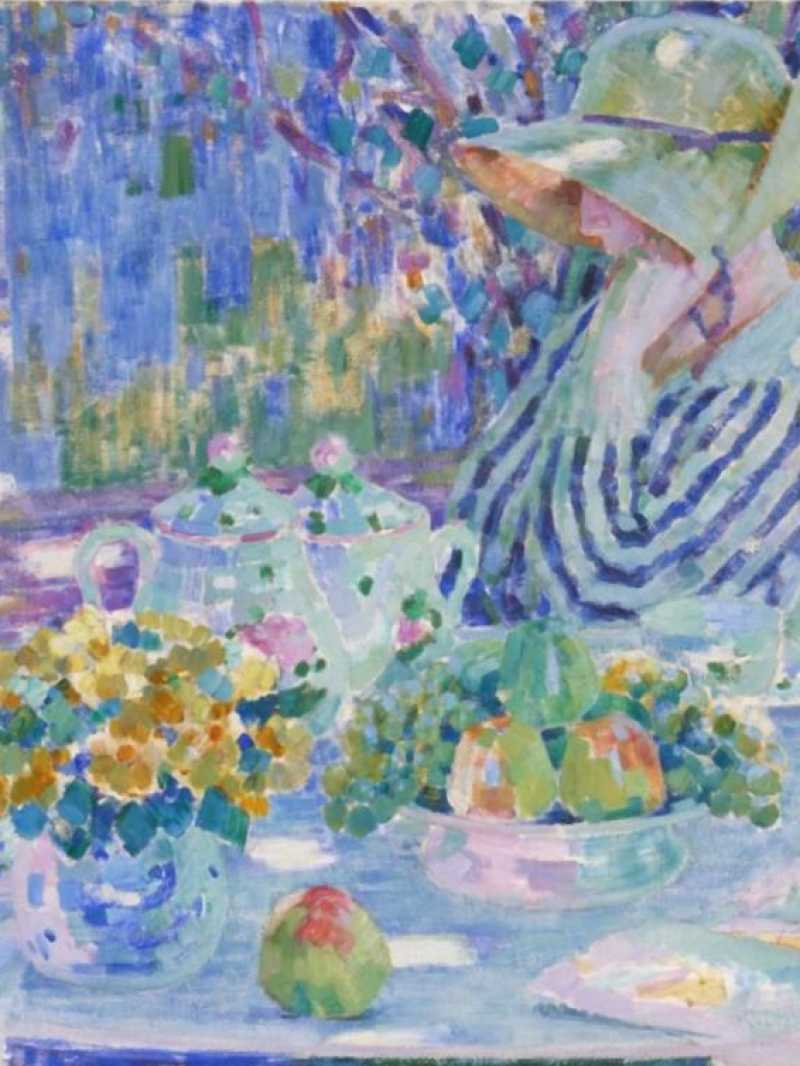 Artists reflect on water
Artists reflect on water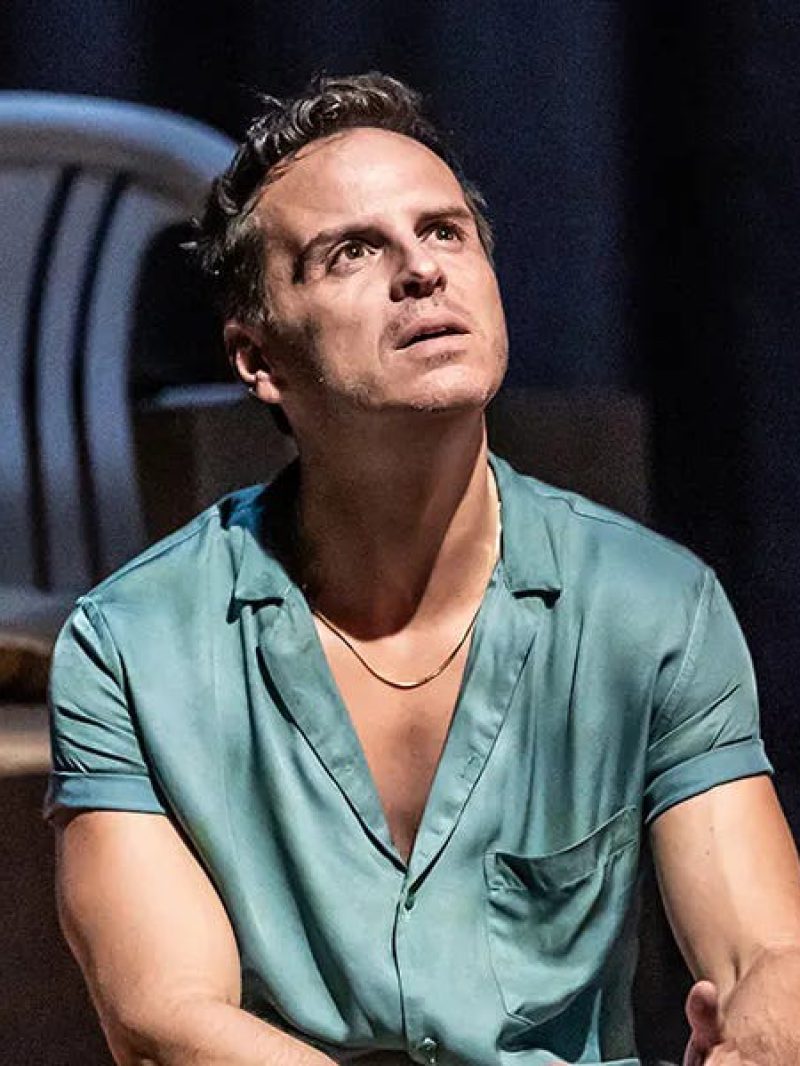 A love letter to a loaded gun
A love letter to a loaded gun Are you for real?
Are you for real?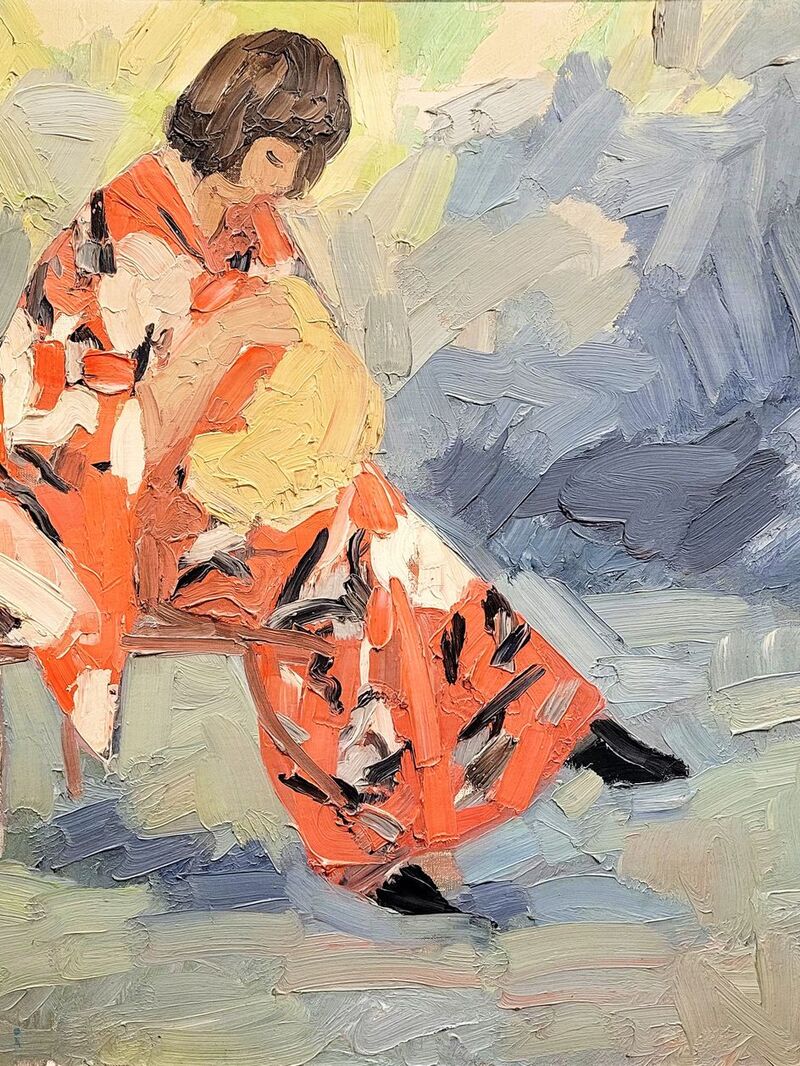 What is a good life?
What is a good life?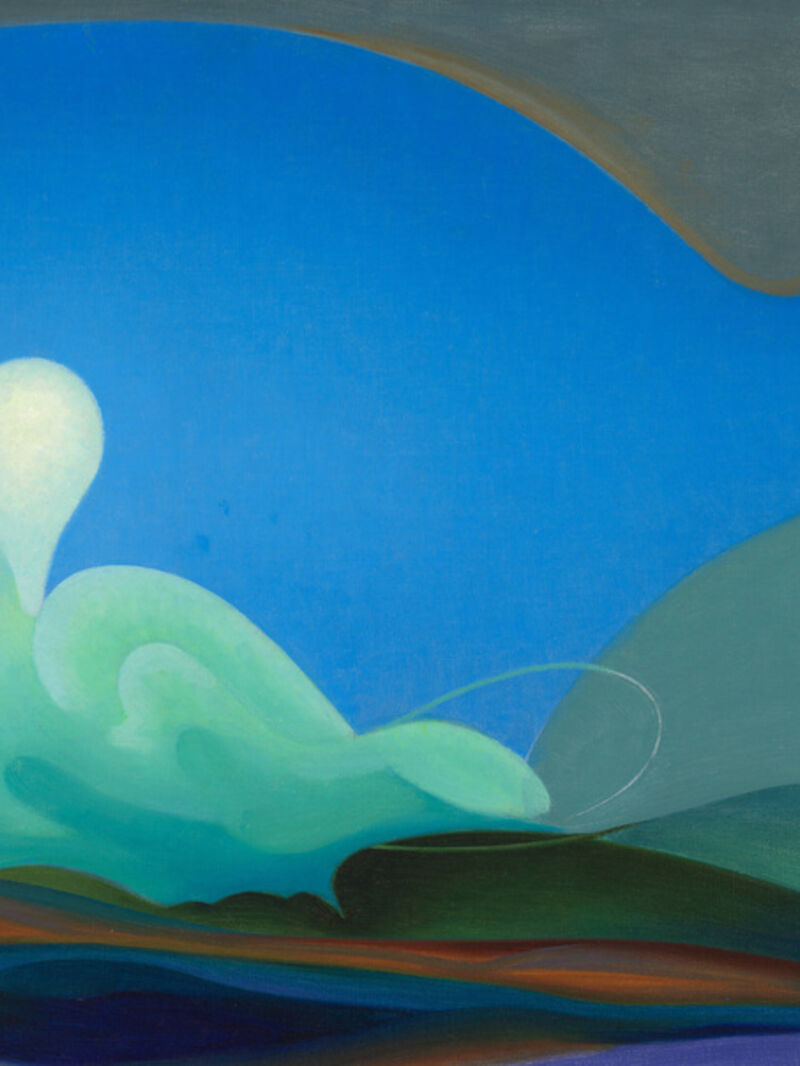 Who decides what you think?
Who decides what you think? When new year should be according to history...
When new year should be according to history...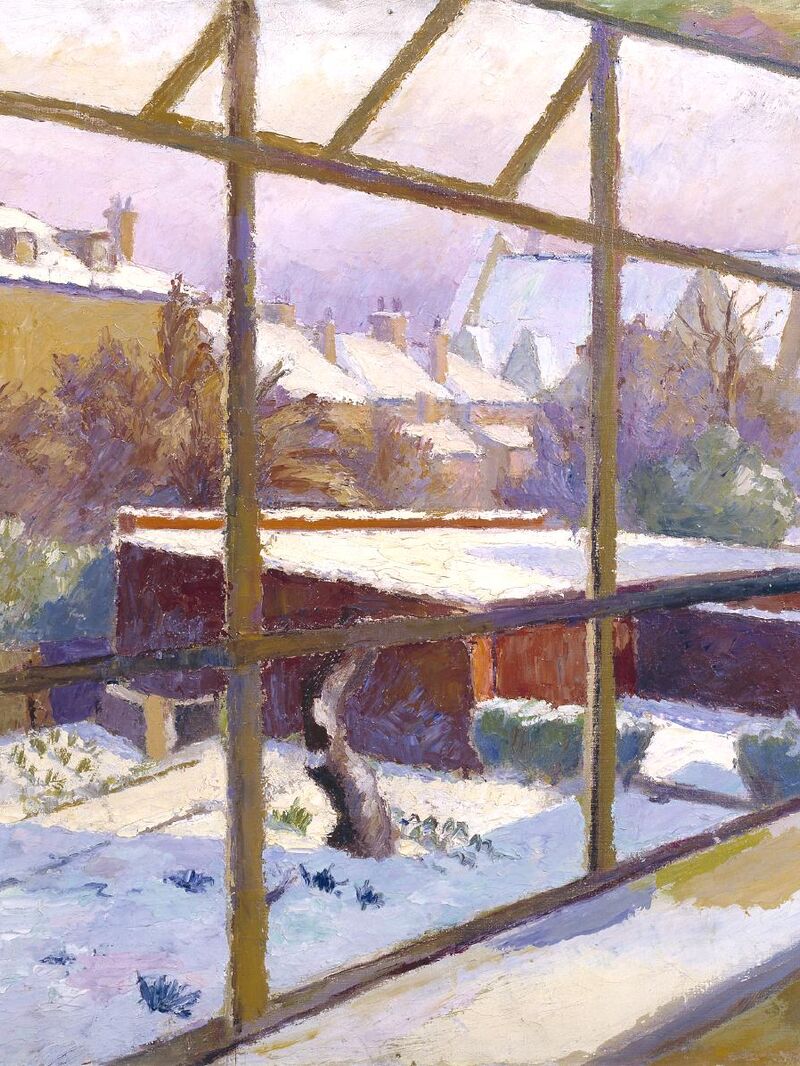 Does Mozart really make you smarter?
Does Mozart really make you smarter?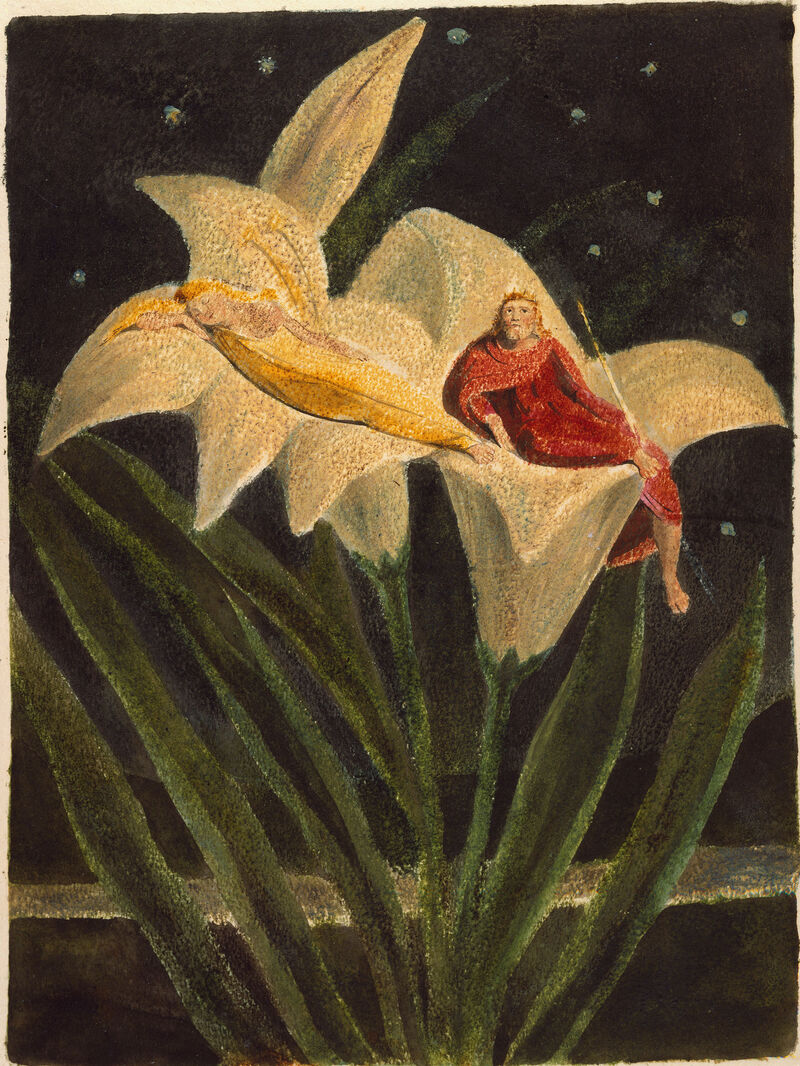 Old stories to find light in dark times
Old stories to find light in dark times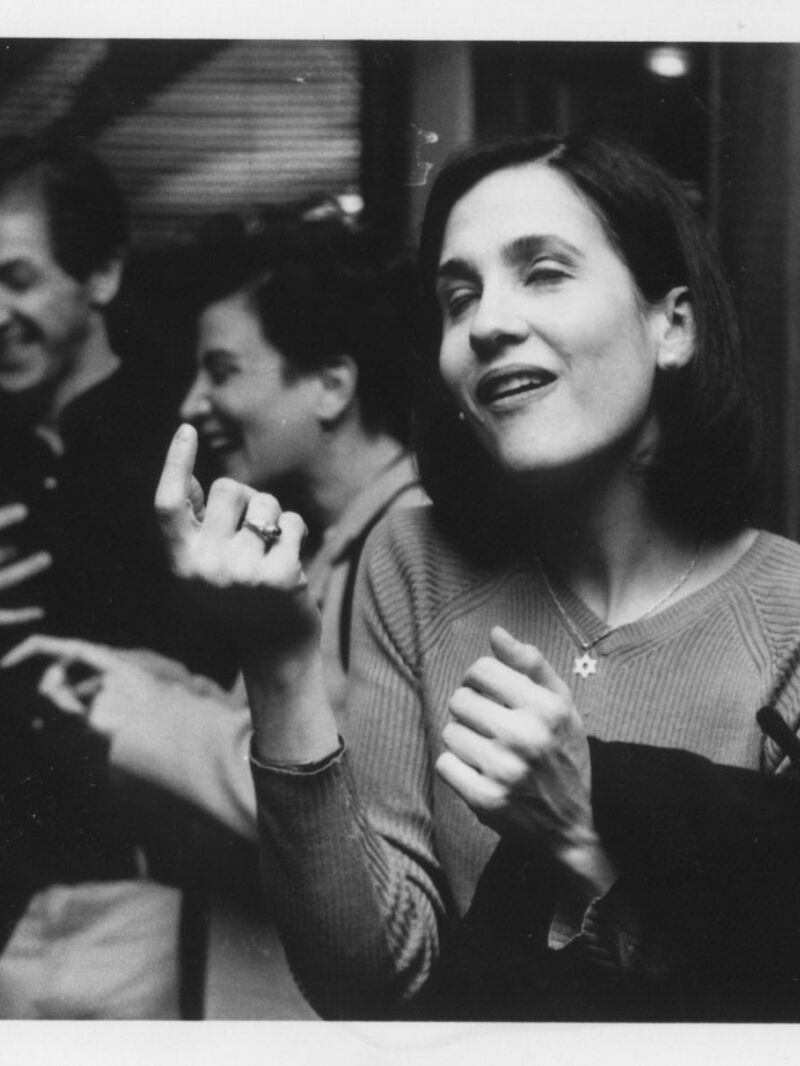 The human need to put things together
The human need to put things together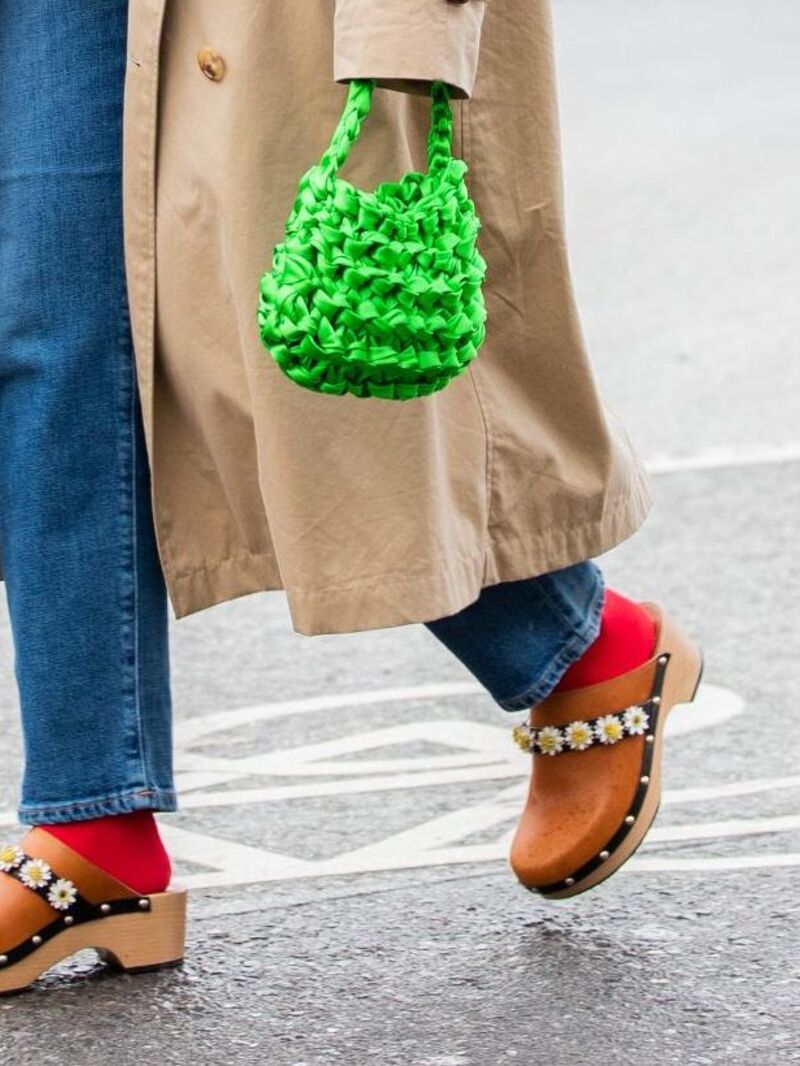 The power of trends: the good, the bad and the pumpkin-spiced.
The power of trends: the good, the bad and the pumpkin-spiced.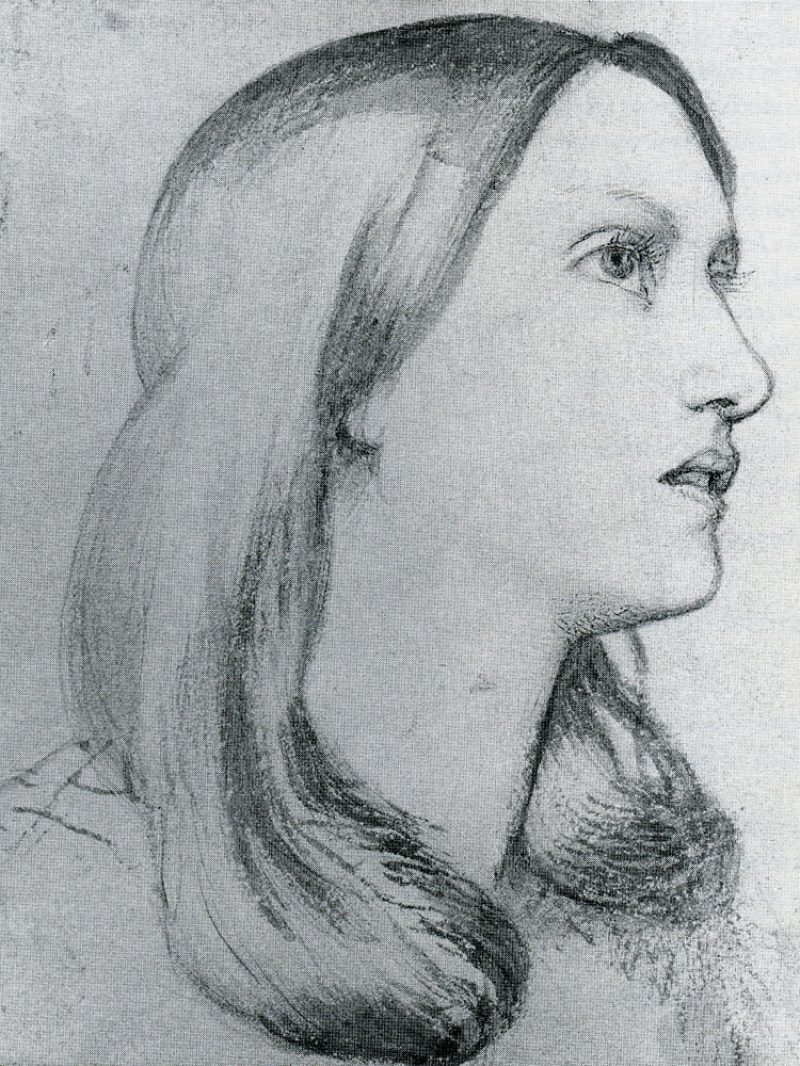 From terrestrial to celestial – where do we find inspiration?
From terrestrial to celestial – where do we find inspiration?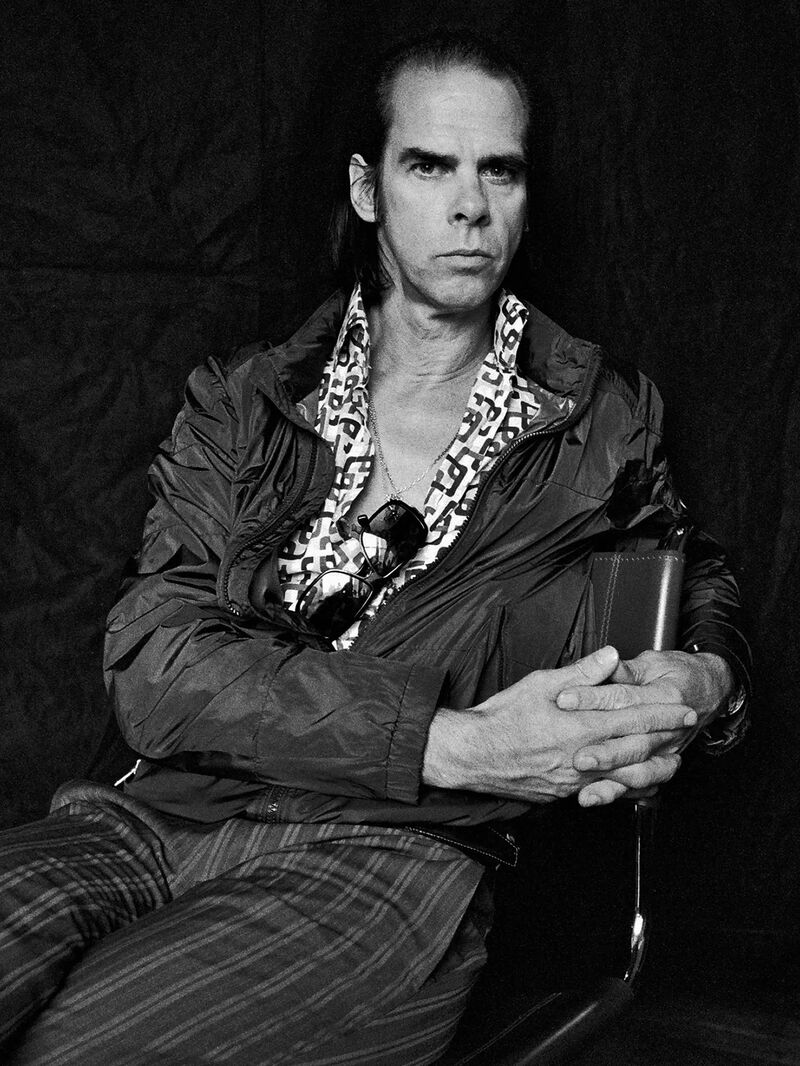 The illusion of ownership
The illusion of ownership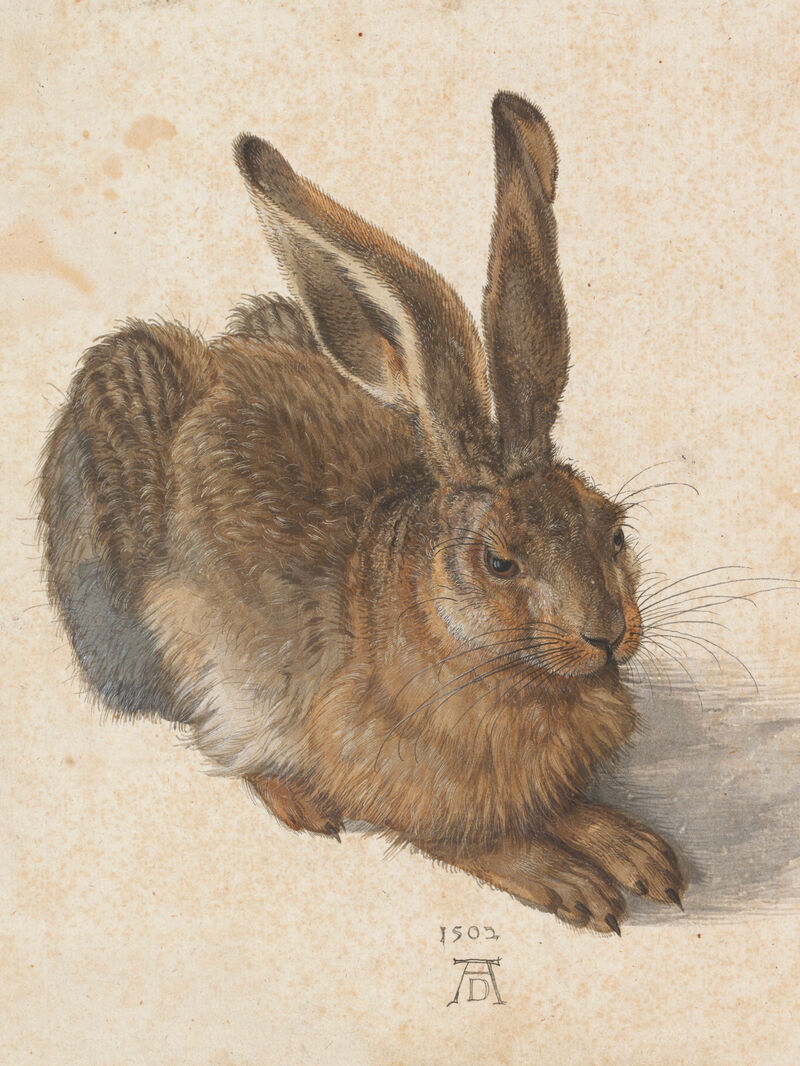 Let’s go down the rabbit hole 🐇
Let’s go down the rabbit hole 🐇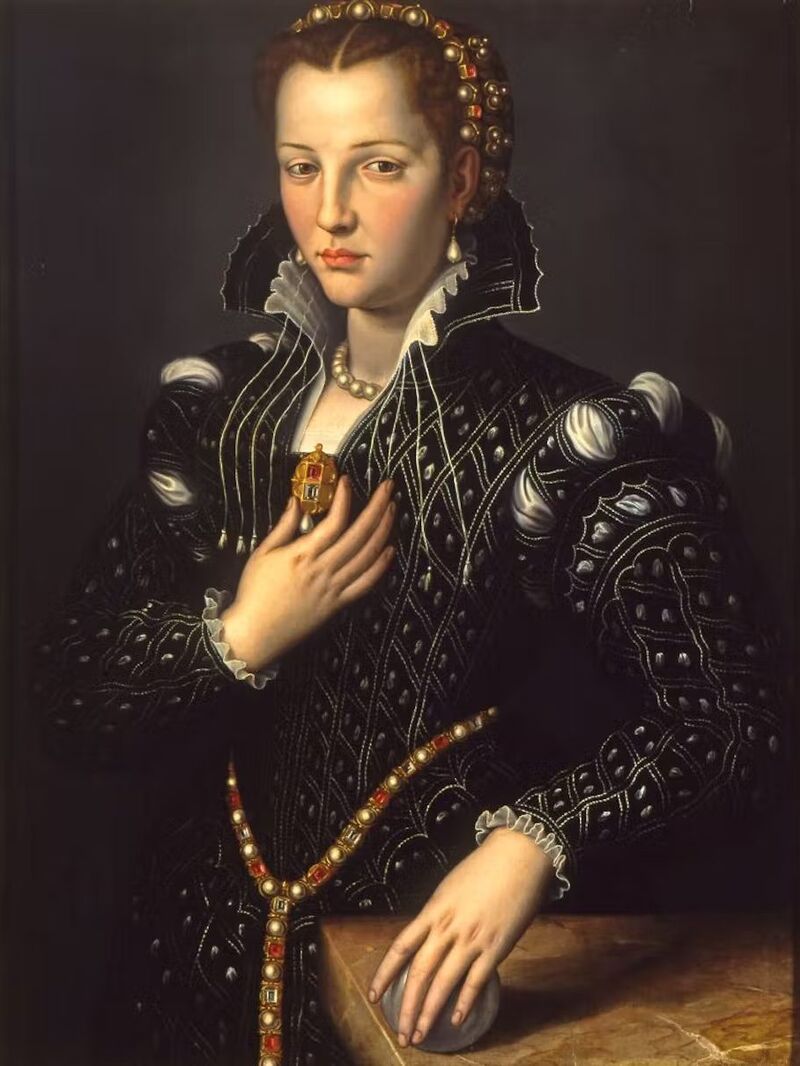 Identity, the artist, and #goblinmode
Identity, the artist, and #goblinmode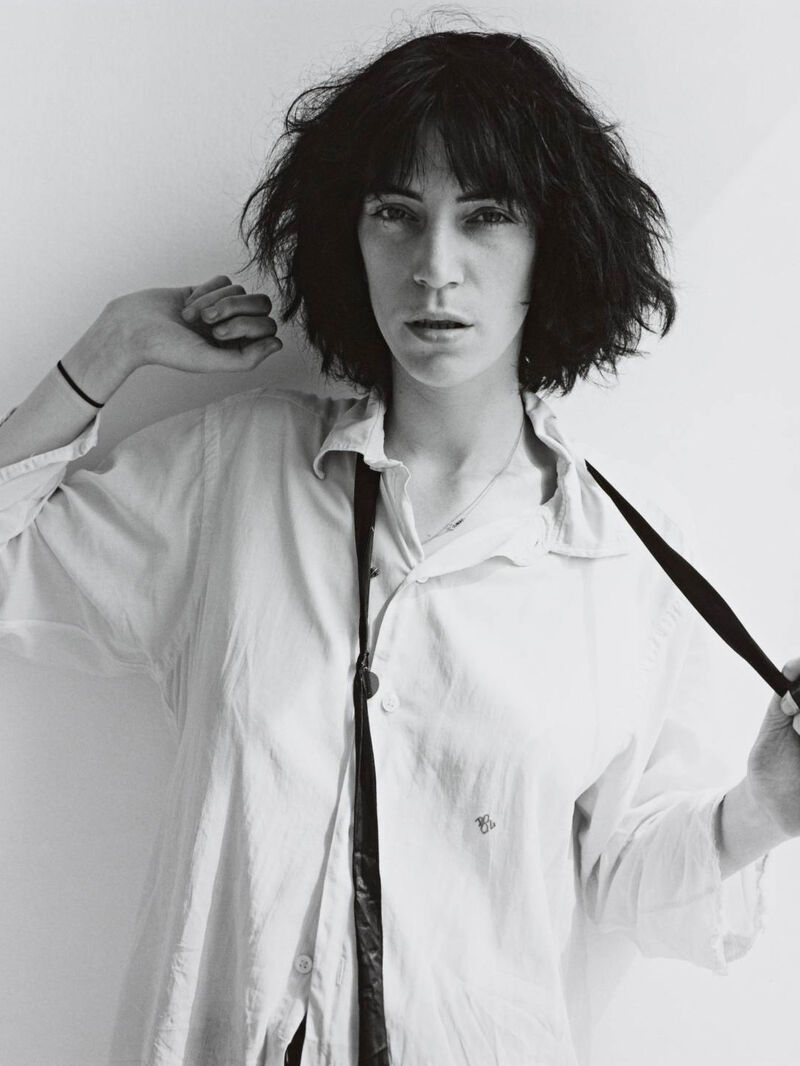 Punk and her godmothers
Punk and her godmothers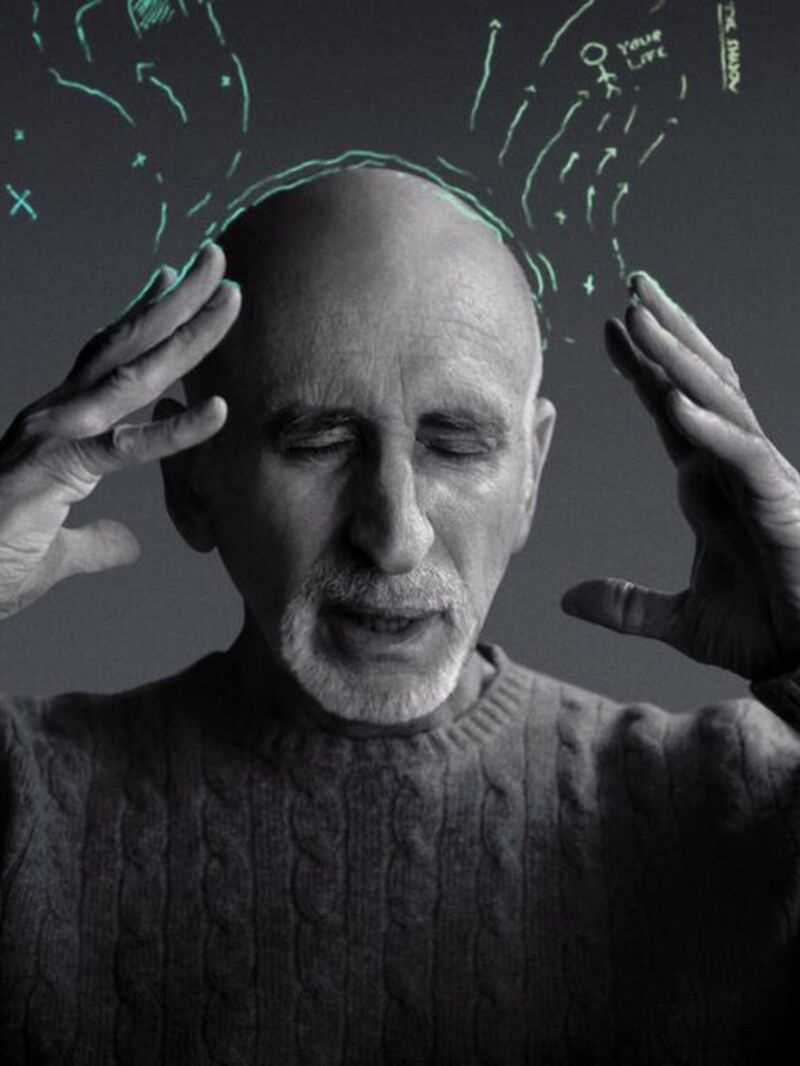 The ultimate journey – homecoming, heroes and wholeness.
The ultimate journey – homecoming, heroes and wholeness. It’s mushroom month...
It’s mushroom month... Robots, AI and artistry, oh my!
Robots, AI and artistry, oh my!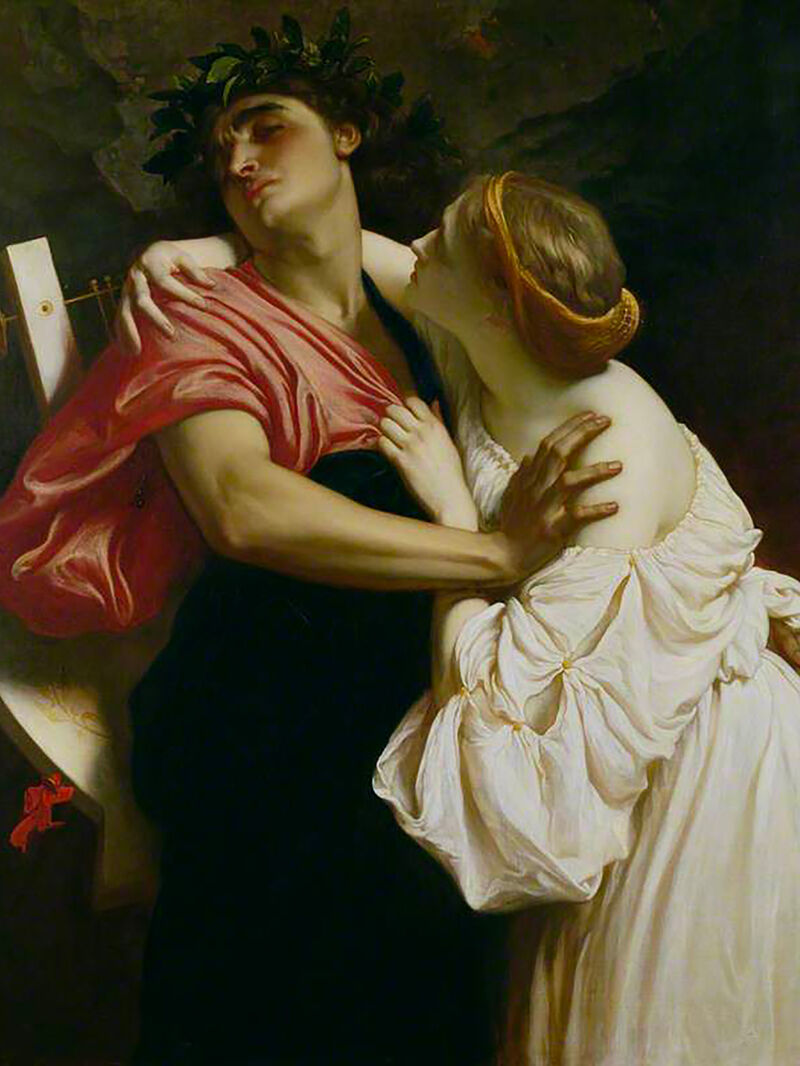 Longevity, love and memory...
Longevity, love and memory...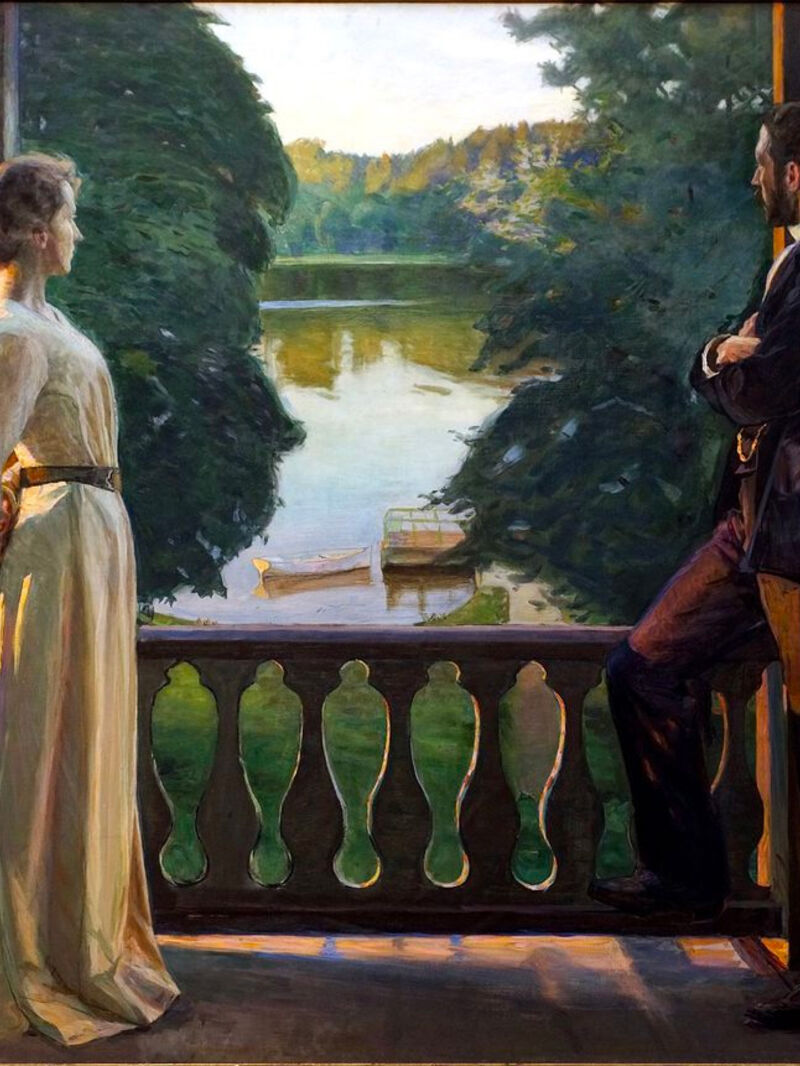 Summer, Freud and a sonnet...
Summer, Freud and a sonnet...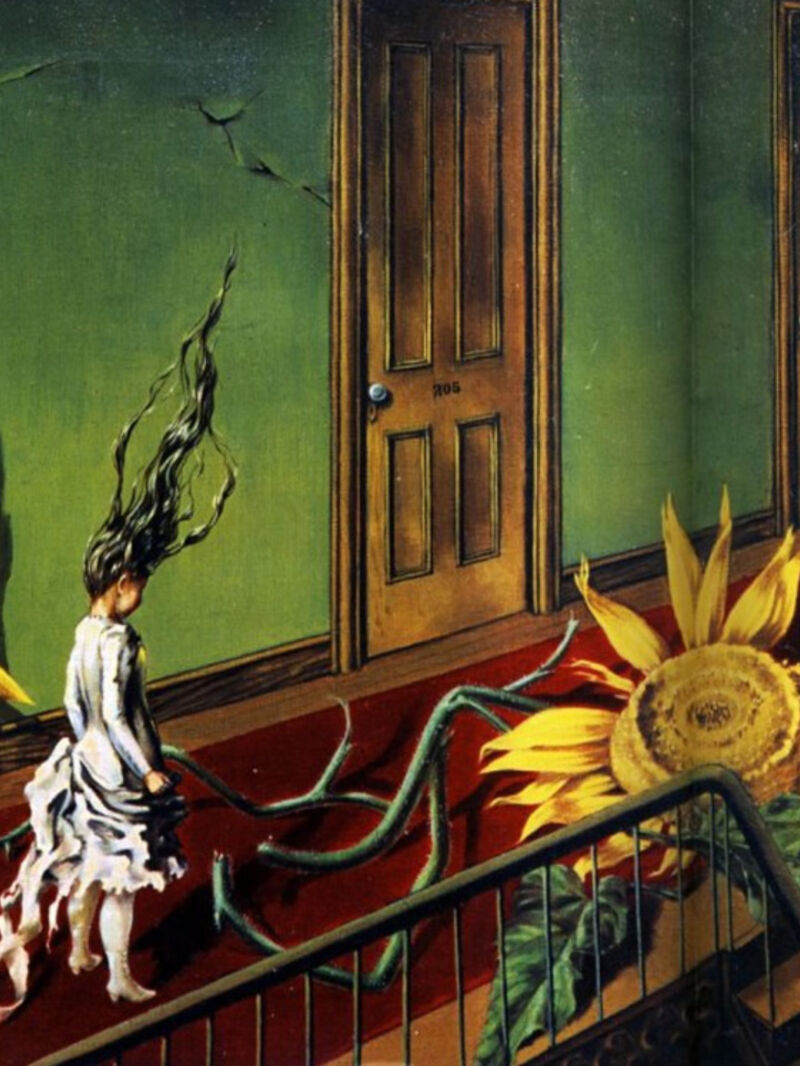 When surreal makes sense – exploring with Dorothea Tanning, Olga Tokaczuk and more...
When surreal makes sense – exploring with Dorothea Tanning, Olga Tokaczuk and more...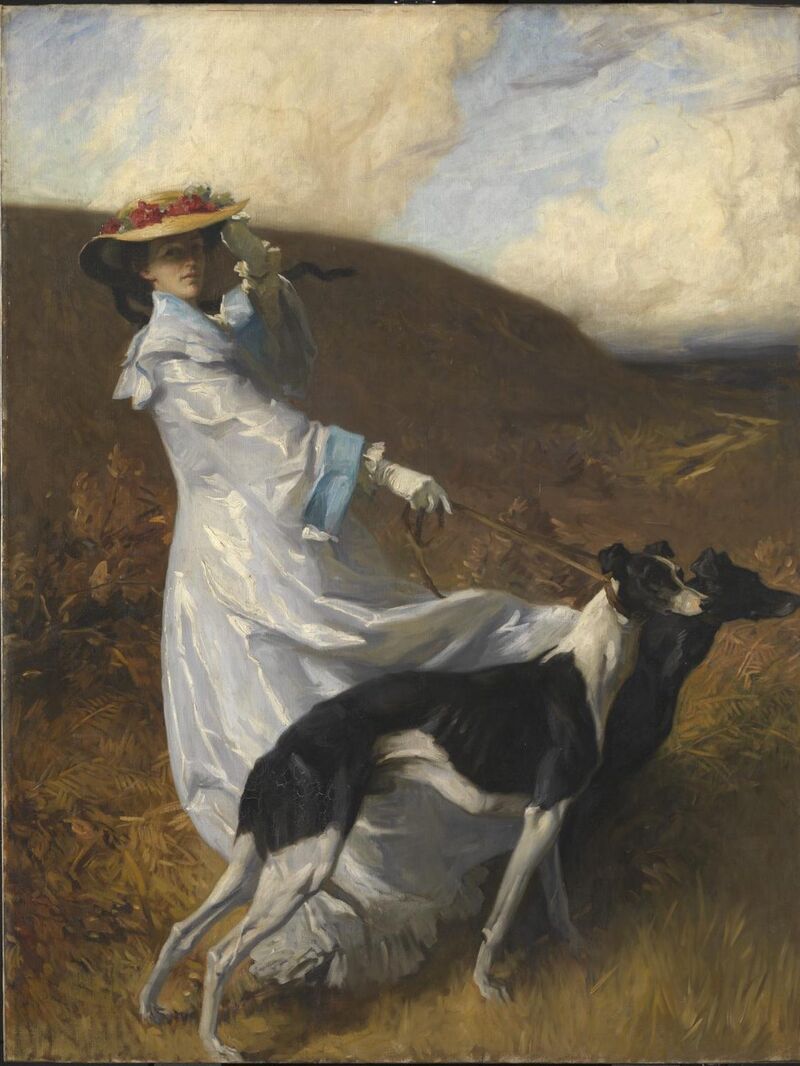 Twists and turns with Mary Oliver, Alan Watts and Astrid Lindgren...
Twists and turns with Mary Oliver, Alan Watts and Astrid Lindgren...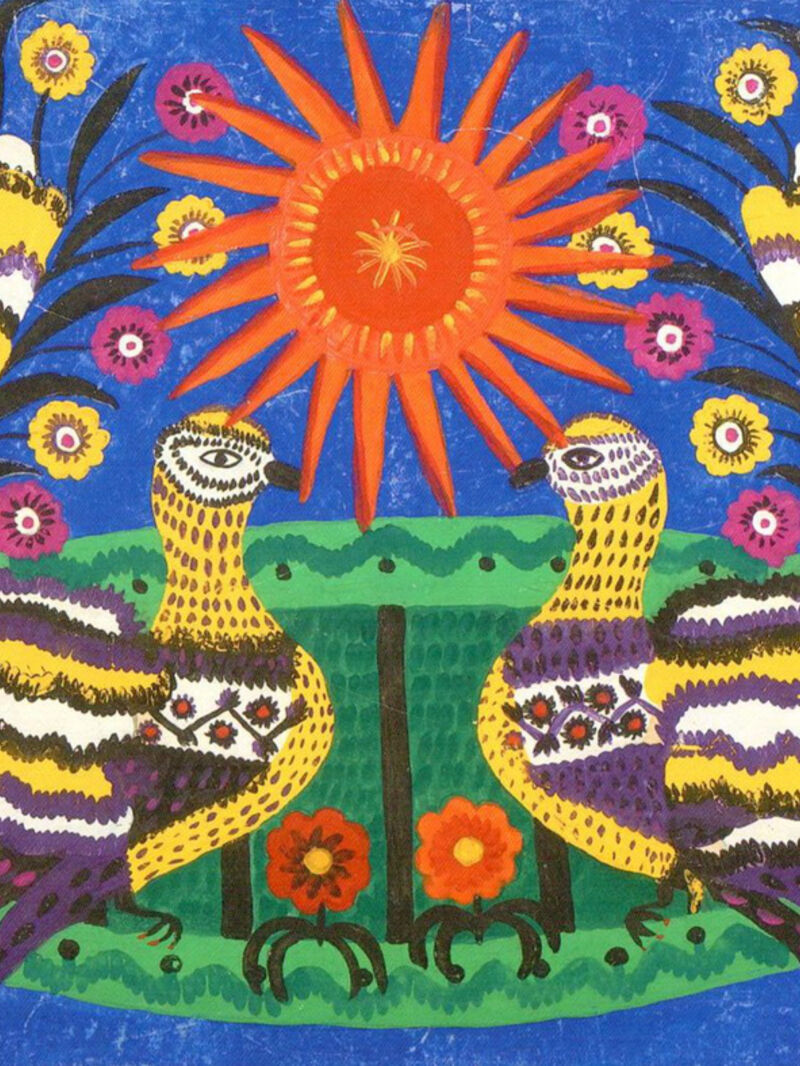 First flowers of spring: the need for beauty and hope at all times
First flowers of spring: the need for beauty and hope at all times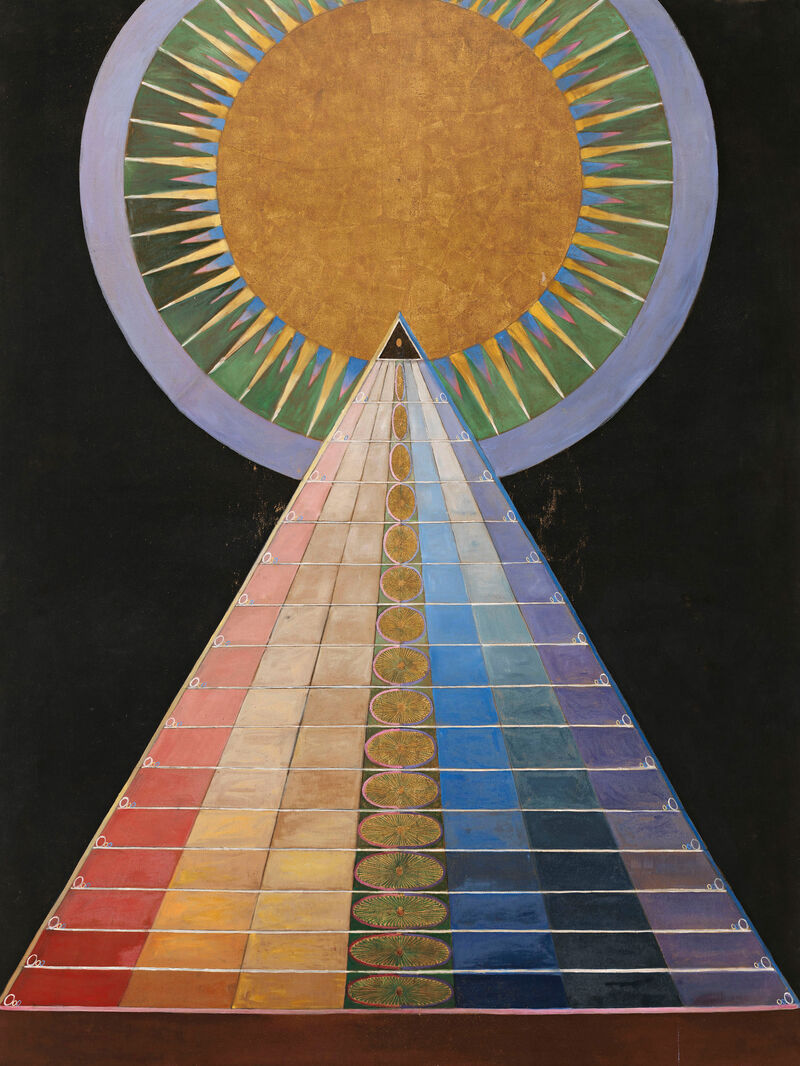 Defining reality, playing with illusion with Robert Frost, Hilma Af Kilnt and more...
Defining reality, playing with illusion with Robert Frost, Hilma Af Kilnt and more...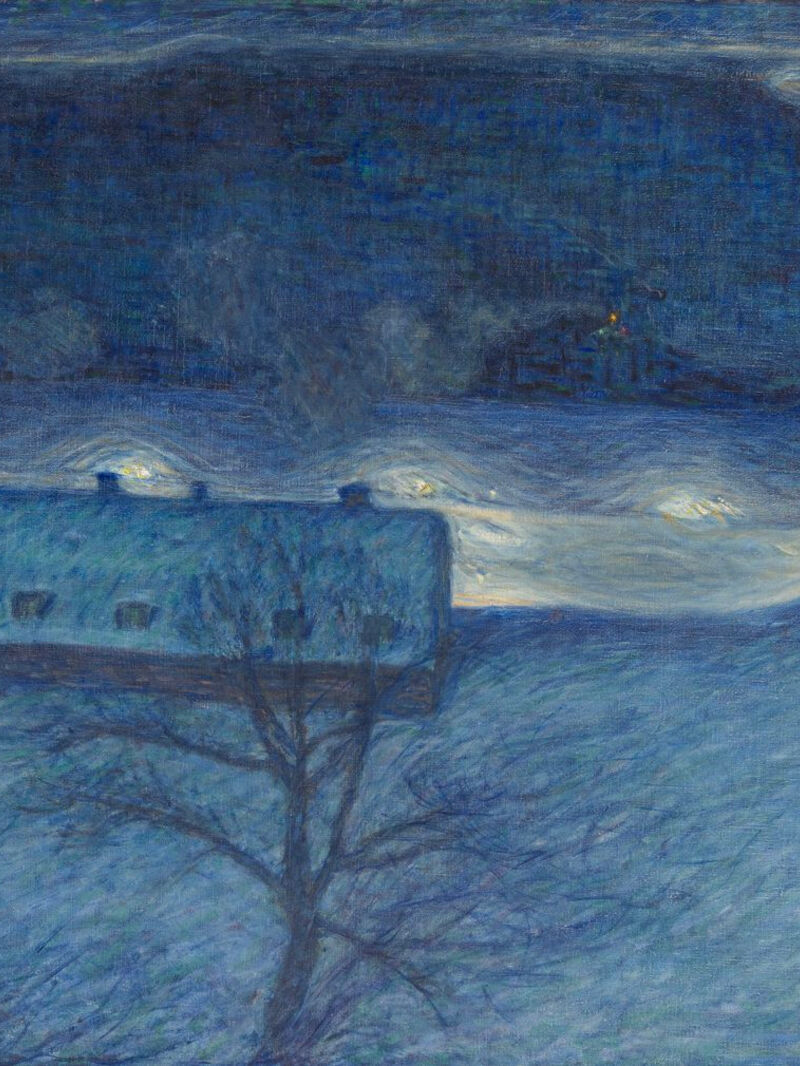 Celebrating the cycles of light and dark with Joan Didion, Danez Smith and more...
Celebrating the cycles of light and dark with Joan Didion, Danez Smith and more...